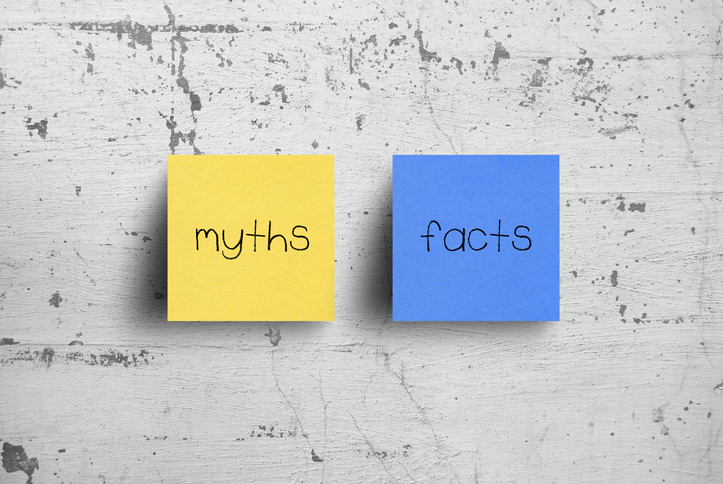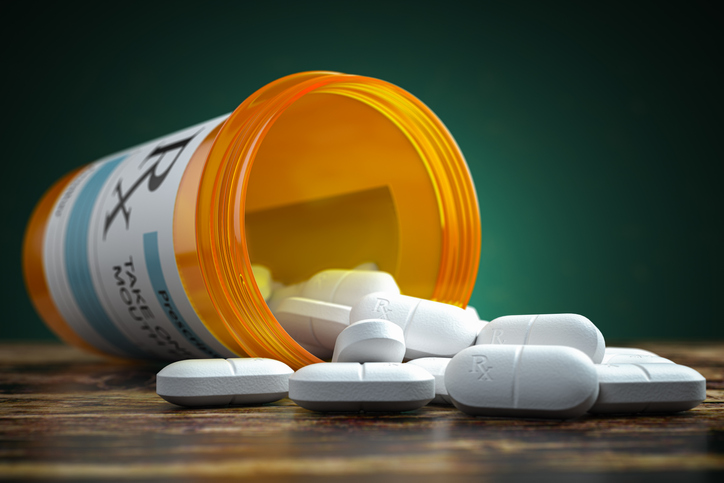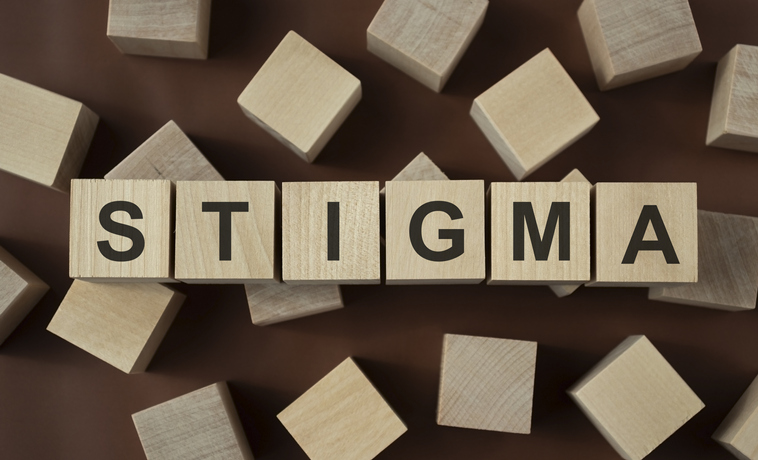Opioid Epidemic
What Is Drug Shopping?

When an individual obtains prescriptions from various health care providers and has them filled at multiple pharmacies, it is referred to as “drug shopping.” Drug shopping occurs for various reasons, including addiction, dependence or for the purpose of illegal drug sales.
The most commonly abused prescription drugs include opioids, benzodiazepines, antipsychotics and stimulants. Drug dependency and drug addiction do not discriminate; any age, ethnicity, and education status can be affected. It is important to note that drug-seeking behavior may not be apparent during an appointment with a health care provider.
Examples of drug-seeking behavior
Possible indicators of drug-seeking behavior include, but are not limited to, the following:
- Requesting specific medication by name
- Asking for a dose increase
- Claiming allergies to alternative medications
- Complaining about a need for a medication
- Irritability when questioned about symptoms
- Scheduling frequent appointments
- Asking for early refills
- Making frequent calls to a medical facility or calling outside of clinic hours
- A pattern of lost or stolen prescriptions or medications
- Using a controlled substance to aid sleep or enhance mood rather than to relieve pain symptoms
- Taking extra medication or increasing the dose despite what is written on the prescription
- Disruptive behavior when arriving at a health care facility
- Unwilling to sign a controlled-substance agreement
- Refusing diagnostic workups
- Paying for prescriptions out-of-pocket as opposed to processing a claim through an insurance company
- Approaching non-specialist health care providers rather than pain management specialists to obtain prescriptions
Note: These behaviors are not necessarily proof of drug-seeking.
Drug-shopping possible risk factors
Certain factors may increase the risk of drug shopping:
- Age ― Individuals under the age of 65 are more likely to drug shop than those over the age of 65.
- Residency — The top ten drug-shopping states include New Hampshire, Delaware, New Jersey, Virginia, Arizona, Maryland, New York, Massachusetts, Washington and Rhode Island.
- Use of extended release and immediate release — Individuals who are concurrently prescribed both extended release (ER) and immediate release (IR) narcotics are more likely to drug shop. Nine percent of heavy opioid drug shoppers are prescribed both ER and IR compared to 1% who are prescribed only ER or IR.
- Doses of opioids — Individuals receiving high doses of opioids, such as 5000 MME (morphine milligram equivalents) or higher over a period of 18 months or longer, are at increased risk of drug shopping.
- Concurrent high use of certain medications — Concurrent prescriptions of anxiolytics, hypnotics, psychostimulants and antipsychotics increase the risk of drug shopping. In addition, individuals prescribed benzodiazepines for mood disorders, back pain or abuse of non-opioid drugs are more likely to drug shop than those obtaining pain management for a cancer diagnosis.
Note: These risk factors are not proof of drug-shopping behavior.
Additional drug-shopping facts
- No significant difference exists between the number male and female narcotic- medication shoppers.
- Moderate to severe drug shopping is defined as obtaining prescriptions from at least three health care providers and obtaining medication from at least three pharmacies over a period of 18 months.
- Individuals with a chronic pain condition account for approximately 5.1% of drug shoppers.
- Misuse of prescription drugs is associated with increased crime.


















